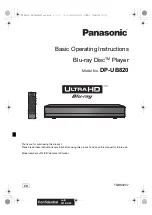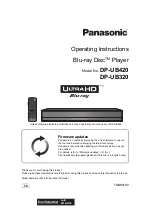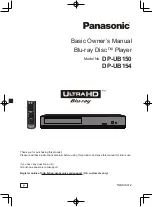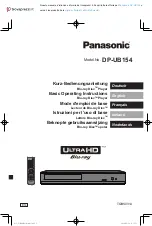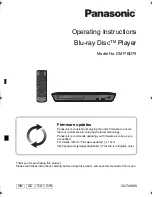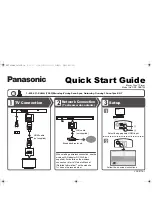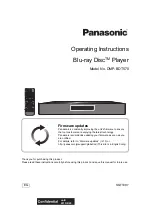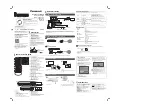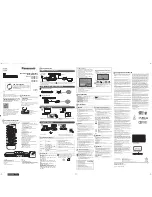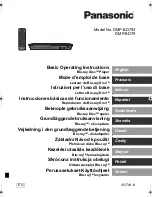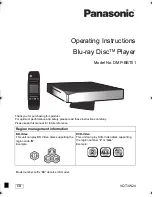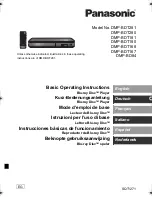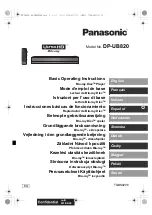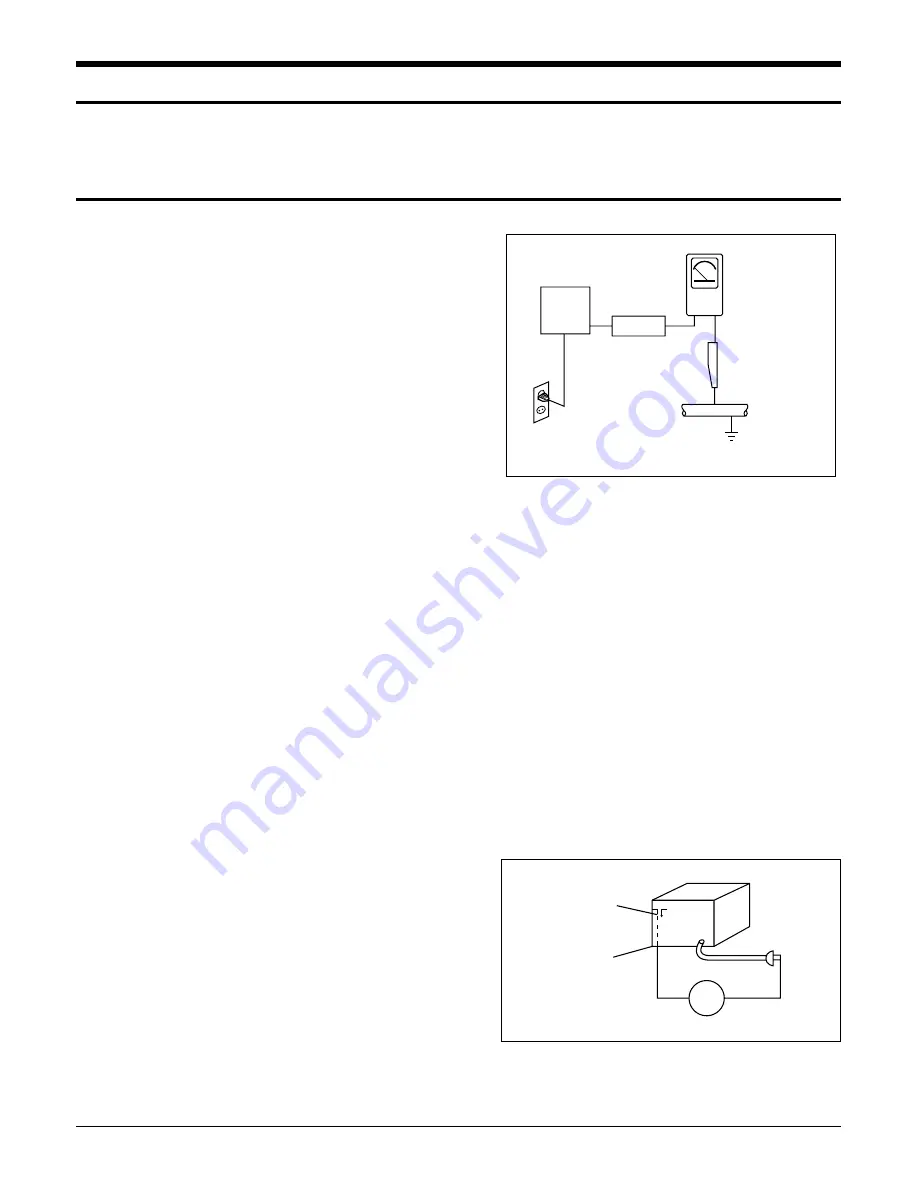
1. Precautions
Follow these safety, servicing and ESD precautions to prevent damage and protect against potential haz-
ards such as electrical shock and X-rays.
Samsung Electronics
1-1
1-1 Safety Precautions
1. Be sure that all of the built-in protective
devices are replaced.
2. When reinstalling the chassis and its
assemblies, be sure to restore all protective
devices, including control knobs and
compartment covers.
3. Make sure that there are no cabinet
openings through which people--
particularly children--might insert fingers
and contact dangerous voltages. Such
openings include the spacing between the
picture tube and the cabinet mask,
excessively wide cabinet ventilation slots,
and improperly fitted back covers.
4. Design Alteration Warning:
Never alter or add to the mechanical or
electrical design of the unit. Example: Do
not add auxiliary audio or video connectors.
Such alterations might create a safety haz-
ard. Also, any design changes or additions
will void the manufacturer's warranty.
5. Leakage Current Hot Check (Figure 1-1):
Warning: Do not use an isolation
transformer during this test. Use a leak-
age-current tester or a metering system
that complies with American National
Standards Institute and Underwriters
Laboratories (UL Publication UL1410,
59.7).
With the unit completely reassembled, plug
the AC line cord directly into a 120V AC
outlet. With the unit's AC switch first in the
ON position and then OFF, measure the
current between a known earth ground
(metal water pipe, etc.) and all exposed
metal parts. Examples: Handle brackets,
metal cabinets, screwheads and control
shafts. The current measured should not
exceed 0.5 milliamp. Reverse the power-
plug prongs in the AC outlet and repeat.
6. Insulation Resistance Cold Check:
(1) With the unit's AC plug disconnected
from the AC source, connect an electrical
jumper across the two AC prongs. (2) Set
the power switch to ON. (3) Measure the
resistance between the shorted AC plug and
any exposed metallic parts. Example:
Screwheads, antenna, control shafts or
handle brackets.
If any of the exposed metallic parts has a
return path to the chassis, the measured
resistance should be between 1 and 5.2
megohms. If there is no return path, the
measured resistance should be "infinite." If
the resistance is outside these limits, a
shock hazard might exist. See Figure 1-2
Device
Under
Test
(Reading should
not be above
0.5mA)
Leakage
Currant
Tester
Earth
Ground
Test all
exposed metal
surfaces
Also test with
plug reversed
(using AC adapter
plug as required)
2-Wire Cord
Antenna
Terminal
Exposed
Metal Part
ohm
Ohmmeter
Fig. 1-1 AC Leakage Test
Fig. 1-2 Insulation Resistance Test
Summary of Contents for YP-U1
Page 17: ...Samsung Electronics 4 1 Samsung Electronics 4 Adjustments 1 How to recover the device ...
Page 18: ...4 2 Samsung Electronics ...
Page 19: ...4 3 Samsung Electronics 2 How to upgrade Firmware ...
Page 24: ...Samsung Electronics 6 1 6 Troubleshooting 1 Power failure ...
Page 25: ...6 2 Samsung Electronics 2 No audio sounds ...
Page 26: ...Samsung Electronics 6 3 3 Cannot make a voice recording ...
Page 27: ...6 4 Samsung Electronics 4 Buttons do not work ...
Page 28: ...Samsung Electronics 6 5 5 Connection with the pc is abnormal ...
Page 34: ...Samsung Electronics 9 1 9 Block Diagram ...
Page 35: ...Samsung Electronics 10 1 10 Wiring Diagram ...
Page 37: ...11 2 Samsung Electronics This Document can be used without Samsung s authorization 2 BUTTOM ...
Page 39: ...12 2 Samsung Electronics This Document can be used without Samsung s authorization 2 SUB ...
Page 40: ...Samsung Electronics 12 3 3 SELF TEST Manual ...
Page 42: ...13 2 Samsung Electronics ...
Page 43: ...13 3 Samsung Electronics 1 2 Main Functions by Block ...
Page 45: ...14 2 Samsung Electronics Yepp Block Diagram ...
Page 53: ...14 10 Samsung Electronics Small Form factor Cards Comparison ...




















